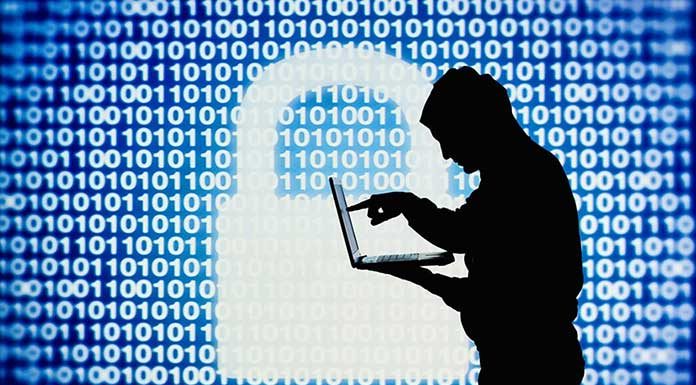With the advent of Industry 4.0, Operational Technology (OT) has become an integral part of modern industries. These technologies, which encompass systems like Industrial Control Systems (ICS), SCADA, and PLCs, are responsible for controlling physical processes and critical infrastructures. As OT networks become increasingly interconnected with IT networks, they have also become a prime target for cyber threats. Hence, bolstering OT security has become an urgent priority for Chief Information Security Officers (CISOs).
Understanding the OT Security Landscape
Unlike IT networks, OT networks are designed with reliability, safety, and real-time performance as their top priorities. Historically, these networks operated independently of the internet. The convergence of IT and OT is inevitable, however, due to the increasing digital transformation, demand for data-driven insights, and remote access capabilities.
This integration, however, poses unique security challenges. OT systems frequently employ obsolete hardware and software lacking modern security features. In addition, these systems are not designed to receive frequent corrections and updates, leaving them vulnerable to vulnerabilities that can be exploited by threat actors. Moreover, the repercussions of OT security breaches frequently extend beyond financial losses and data privacy to include disruption of vital services and the potential for physical injury.
The CISO's Role in Fortifying OT Security
As CISOs navigate these complexities, the following strategies can strengthen the OT security posture of their organisations.
1. Using a risk-based strategy
CISOs should prioritise identifying and mitigating their OT environment's greatest threats. This includes conducting thorough risk assessments that take into consideration the unique characteristics of OT systems, identifying potential vulnerabilities, and implementing the appropriate mitigation measures. A risk-based approach permits strategic resource allocation and proactive protection against the most severe hazards.
2. Introducing Network Segmentation
By isolating the OT network from the broader IT network, network segmentation can effectively reduce the cyber attack surface. This strategy can restrict an attacker's lateral movement within the network, thereby limiting the potential damage they could cause. In addition, employing firewalls, virtual private networks (VPNs), and other security measures can improve the data's confidentiality and integrity.
3. Regular Patch Administration and System Updates
Given the operational constraints of OT environments, managing patches regularly can be difficult. However, it is essential to maintain an accurate inventory of all OT assets and comprehend their patching requirements. Where updates cannot be applied immediately, CISOs must implement compensating controls.
4. Developing a Robust Security Culture
CISOs must foster a comprehensive security culture that encompasses both IT and OT employees. This includes providing regular training to raise awareness of potential hazards and promoting best security practises. A skilled workforce can serve as the initial line of defence against cyber threats.
5. Working with OT Suppliers and Partners
Developing solid relationships with OT vendors and partners can provide invaluable insight into prospective security issues and solutions. By involving vendors in security discussions, CISOs can obtain a deeper understanding of the capabilities and limitations of their systems, enabling them to make more informed risk management decisions.
6. Implementing Innovative Cybersecurity Tools
Advanced cybersecurity solutions, such as anomaly detection systems, intrusion detection systems (IDS), and security information and event management (SIEM) systems, can assist with identifying, tracking, and responding in real-time to potential threats. By leveraging machine learning and artificial intelligence, these tools can detect anomalous patterns and alert security teams prior to the escalation of an incident.
In a landscape with escalating cyber threats, safeguarding OT systems demands a coordinated and strategic approach. As guardians of an organisation's cybersecurity, CISOs hold a pivotal role in understanding and managing the distinct challenges of OT security. By adopting a risk-based strategy and fostering a security-focused culture, CISOs can significantly enhance the security posture of their organisation's OT environments.











